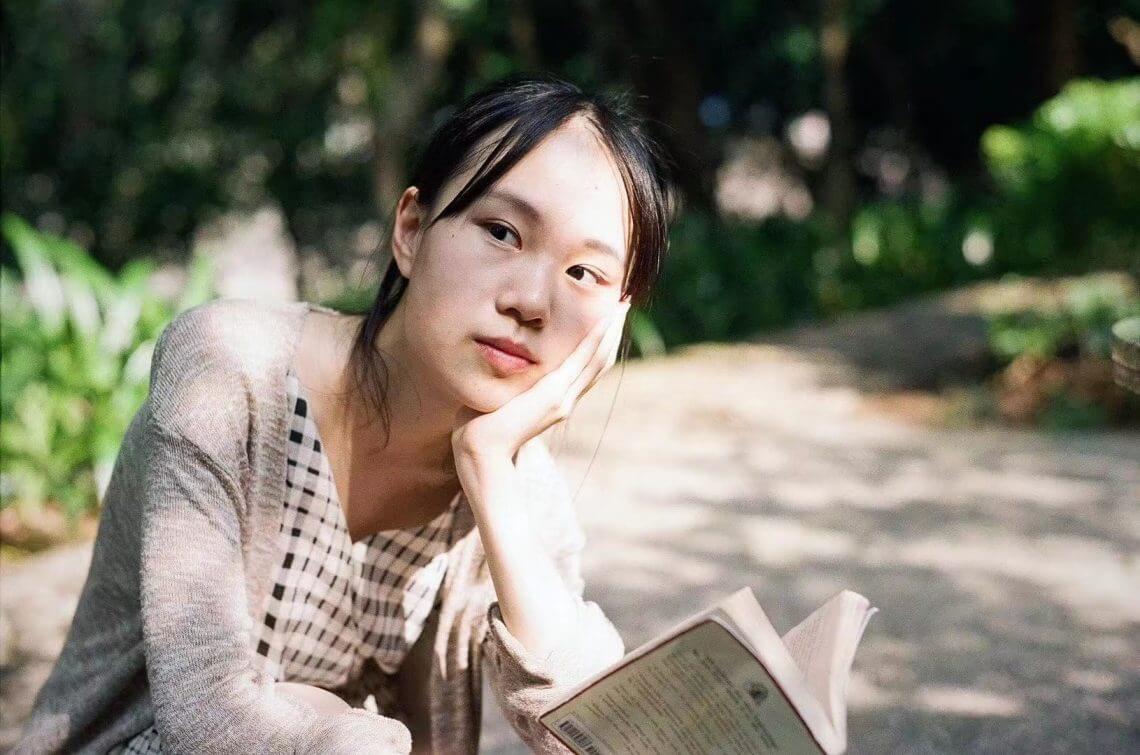Each year through the student societies, students from Cultural Studies (CULS), Bilingual Language and Literature Studies (BLLS), and Professional Communication and English Studies (PENG) form a team to vet and edit student essays and creative work submitted to This and That. The Journal celebrates the College of International Education’s writing talent. It is headed and produced by English lecturers at CIE.
It is our honour to have one of our published poets, April Chen Wanyi from BLLS, to share with us the creative process behind her poem, A Whale.
The Poem
A Whale
April Chen Wanyi
One hundred years ago,
He was
Born in the deep Mariana Trend
Wrapped in the warm equatorial currents
Resting in the broad seabed of Mexico Gulf
Swaying in the azure sky of wonderland.
One hundred years later,
He was
Breathing in the bloody smell of swirling
Engraved by numerous flesh scars
Fed by the colourful straws and bags
Struggling in the raging chaos of apocalypse.
Day by day
His mouth, his stomach, his blood is filled of
Plasticottonyloneedles.
His skin, his body, his tail is resolved in
Leadrossewage.
At that moment,
The dazzling sunlight is glittering in the dark foam
Making him remember the day,
the day he was born.
In that day,
Countless whales flowed with undercurrent
danced along the boundless Mariana Trend,
kissed the soaring seagulls upon Gulf of Mexico.
He closed his eyes,
Waiting for rolling waves
bringing him
to the seaside.
The Poet Speaks
This poem is based on the recent news that multiple stranded whales had been found on the coast of Indonesia, New Zealand, and America from 2017 to 2019, the cause of which mainly was the marine pollution due to human activity. After seeing the pictures that a large amount of indigestible plastic bags, fish nets, drinking cups, and even an unborn baby whale still in the womb and the stomach of the bloody carcass, I was shocked and in terrible pain, as if I could feel their hopelessness with a stony stomach in the depth of the sea. The imaginative sympathy triggers me to personify the whale (as mammals, as human beings) in the poem and establish a bodily connection between humankind and animals. By coining the two terms (Plasticottonyloneedles & Leadrossewage) without word to word spacing, it could not only improve readers’ active reading to decode the name of indigestible materials and marine pollutants, but also impersonally allude to the fact that environmental pollution caused by chemical factories and household garbage seriously threatens marine animals.
Besides, the imagery is structured in the span of one hundred years (the maximum age of a whale) and the recurring geographical location, as I try to make the striking contrast of whale’s living condition in the Pacific Ocean to reflect the deteriorating marine environment due to overfishing and expanding urbanization. The contrasting imagery in each stanza all begins with different temporal spaces to naturally link the expressively conflicted imagery together (one hundred years ago/later/at that moment), which indirectly represent three emotional stages of a whale: Hope, despair and deadly serenity. The metaphors (Wonderland & Apocalypse) embody the nature before and after the times of industrial revolution in the way of hyperbole. Overall, the style of whole poem depicts the juxtaposition of beauty and death in order to play a sorrowful song of lamentation not simply for a stranded whale but also the fading vitality of the ecosystem.





